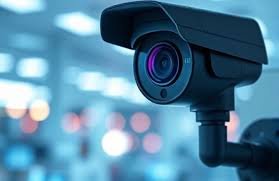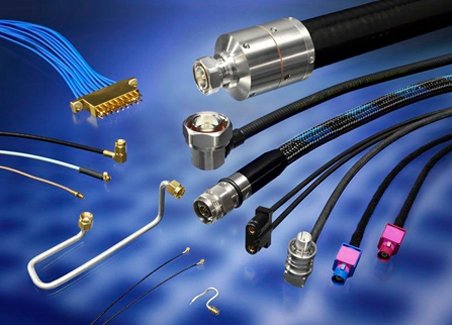Introduction: The Rise of Smart Surveillance
Security is no longer just about cameras watching silently—it’s about intelligent systems that analyze, predict, and act in real time. The CCTV industry is witnessing a major transformation, fueled by Next-Gen Camera PCBs. These aren’t just circuit boards; they’re the brains and backbone of modern surveillance technology, ensuring sharper imaging, smoother data processing, and smarter connectivity.
In 2025, surveillance solutions are increasingly expected to provide AI-driven analytics, energy efficiency, remote monitoring, and IoT compatibility. And none of this is possible without the advancements in PCB design. With smaller form factors, advanced heat management, and integration with wireless technologies, camera PCBs are redefining the capabilities of CCTV systems.
What Are Camera PCBs and Why Do They Matter?
Defining the Core Role of Camera PCBs
A Camera PCB (Printed Circuit Board) is the structural and electronic foundation of a CCTV camera. It interconnects all critical components—sensors, processors, memory, and communication modules—allowing the camera to function effectively.
Without the PCB, a surveillance camera wouldn’t capture or process images, store video feeds, or transmit data. Simply put, the PCB is the nervous system of any camera, dictating how well it performs in both standard and high-demand environments.
How Camera PCBs Differ from Standard PCBs
Unlike general PCBs found in everyday electronics, camera PCBs are purpose-built for imaging and surveillance applications. They require:
- High-speed signal transmission to handle large image and video data.
- Advanced power efficiency to support 24/7 operations.
- Compact form factors for embedding in miniaturized CCTV housings.
- High heat resistance to withstand continuous use in both indoor and outdoor setups.
These specialized demands make camera PCBs unique, more resilient, and performance-oriented compared to standard circuit boards.
The Evolution of CCTV Systems with PCB Innovations
From Analog to Digital Surveillance
CCTV technology has come a long way. Traditional analog systems offered limited clarity and bulky designs. With digital PCBs, cameras became smarter—offering HD and 4K imaging, remote monitoring, and compact structures.
Key milestones include:
- Shift from copper-heavy analog boards to lightweight multilayer PCBs.
- Transition to network-based surveillance with integrated Ethernet PCBs.
- Adoption of surface-mount technology (SMT) for miniaturization.
The Role of AI and Machine Learning
The real revolution came with AI-powered PCBs. Today’s camera boards embed AI chips and ML algorithms, enabling features like:
- Facial recognition and object detection.
- Behavioral analytics for threat prediction.
- Real-time alerting without human intervention.
AI-ready PCBs transform cameras from passive devices into proactive guardians of security.
Key Design Trends in Next-Gen Camera PCBs
The year 2025 brings cutting-edge PCB design trends that directly impact CCTV performance.
Miniaturization and High-Density Interconnect (HDI)
- Smaller PCBs allow cameras to fit into compact housings for discreet surveillance.
- HDI technology enables high-speed data transfer while saving space.
Flexible and Rigid-Flex PCB Structures
- Rigid-flex PCBs combine durability with flexibility, making them ideal for dome and PTZ cameras.
- This design allows innovative camera shapes without sacrificing performance.
Energy-Efficient PCB Designs
- Low-power chipsets and optimized layouts extend camera life.
- Energy-efficient PCBs reduce operational costs, especially for large-scale surveillance networks.
Heat Dissipation and Thermal Management
- Advanced thermal vias and copper pours improve heat distribution.
- Essential for 24/7 operation in high-temperature outdoor environments.
Integration with Wireless Technologies (WiFi, 5G, Bluetooth)
- Modern PCBs now support wireless communication modules.
- This enables cloud storage, mobile connectivity, and faster remote access.
These trends make camera PCBs the driving force behind smarter and more adaptive CCTV solutions.





